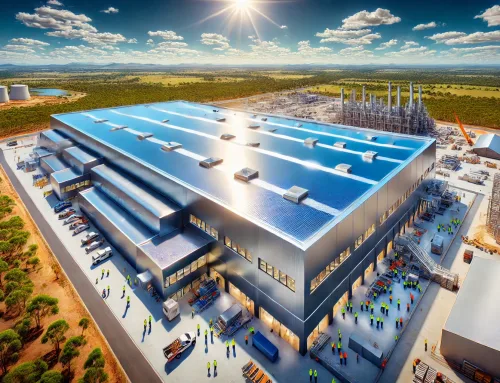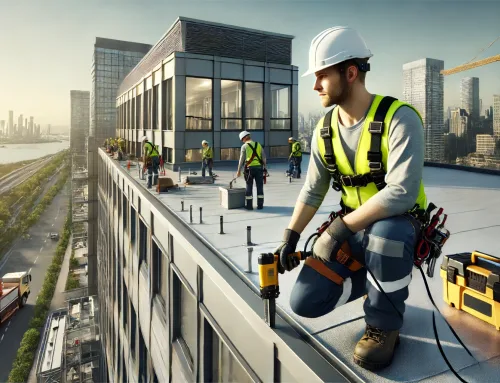Brisbane’s subtropical climate, characterised by hot, humid summers and mild, dry winters, poses unique challenges for commercial roofing. Selecting the right roofing materials and implementing effective maintenance strategies are crucial to ensure longevity and performance. This article explores the impact of Brisbane’s weather on roofing materials, recommends the best heat-resistant roofing options, and provides maintenance tips for weatherproofing roofs.
Impact of Brisbane’s Weather on Roofing Materials
Brisbane experiences a significant amount of sunlight, high temperatures, and heavy rainfall, particularly during the summer months. These weather conditions can affect roofing materials in several ways:
- UV Radiation: Prolonged exposure to UV rays can degrade roofing materials, causing them to become brittle and lose their structural integrity.
- Heat: High temperatures can cause roofing materials to expand and contract, leading to cracks and other forms of damage.
- Rainfall: Heavy rainfall can result in water pooling and leaks if the roofing system is not properly installed and maintained.
Best Roofing Materials for Heat Resistance
Given Brisbane’s hot climate, choosing roofing materials with excellent heat resistance is essential. Here are some of the best options:
TPO (Thermoplastic Olefin)
TPO is highly reflective and resistant to UV radiation, making it an excellent choice for reducing heat absorption and maintaining cooler indoor temperatures.
Metal
Metal roofs are durable and reflect a significant amount of solar radiation. They can be coated with reflective paints to enhance their heat resistance further.
Green Roofs
Green roofs provide natural insulation by absorbing heat and reducing the urban heat island effect. The vegetation layer helps keep the building cooler and reduces energy consumption from the commercial roofing projects in Brisbane
Maintenance Tips for Weatherproofing Roofs
Regular maintenance is crucial to ensure the longevity and performance of commercial roofs in Brisbane. Here are some essential maintenance tips:
- Regular Inspections: Conduct bi-annual inspections to identify and address any damage caused by UV exposure, heat, or rainfall.
- Clean Gutters and Drains: Ensure that gutters and drains are free from debris to prevent water pooling and leaks.
- Sealant Application: Apply UV-resistant sealants to protect roofing materials from sun damage and maintain their structural integrity.
- Re-coating: For metal roofs, consider re-coating with reflective paint every few years to enhance heat resistance and extend the roof’s lifespan.
- Vegetation Maintenance: For green roofs, regularly trim and maintain the vegetation to prevent overgrowth and ensure proper drainage.
Average Temperatures and Rainfall in Brisbane
Understanding the climate data can help in selecting the right roofing materials. Below is a bar graph showing the average temperatures and rainfall in Brisbane:
Recommended Roofing Materials Based on Climate Resilience
The table below lists recommended roofing materials for Brisbane’s climate, highlighting their resilience to heat, UV radiation, and rainfall:
| Material | Heat Resistance | UV Resistance | Rainfall Resilience |
|---|---|---|---|
| TPO | High | High | Medium |
| EPDM | Medium | High | High |
| Metal | High | Medium | High |
| Green Roofs | High | High | High |
Conclusion
Brisbane’s unique climate requires careful consideration when selecting and maintaining commercial roofing materials. TPO, metal, and green roofs are among the best options for their heat and UV resistance. Regular maintenance, including inspections, cleaning, and sealant application, is essential to protect roofing materials from the elements. By understanding the impact of Brisbane’s weather and choosing the right materials, businesses can ensure their roofs remain durable and efficient for years.






